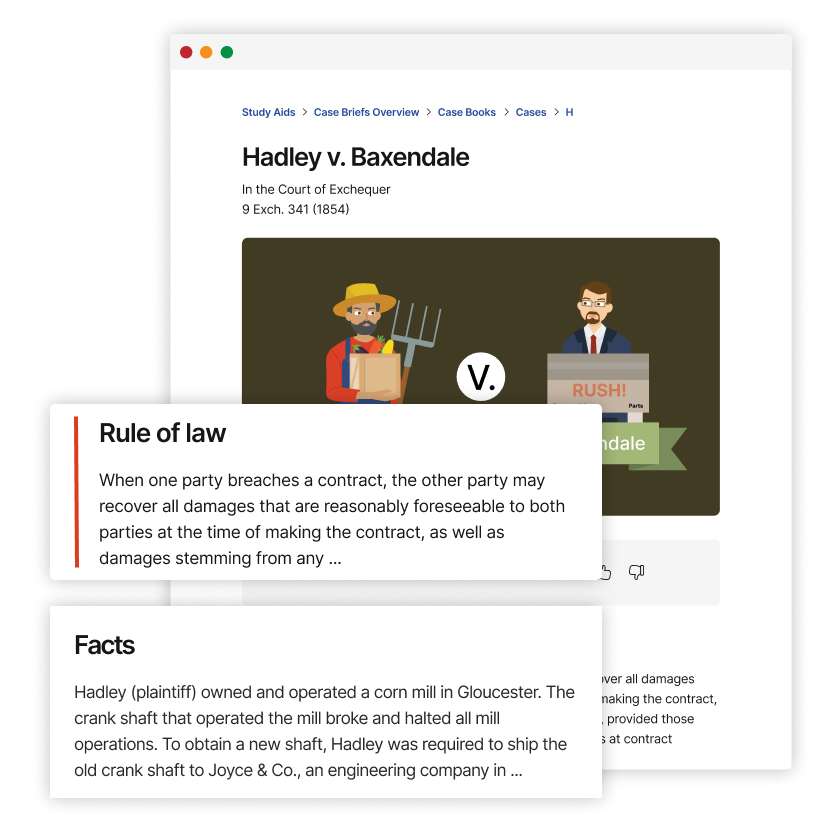In re Estate of McCagg
District of Columbia Court of Appeals
450 A.2d 414 (1982)

- Written by Margot Parmenter, JD
Facts
In 1917, Therese McCagg loaned two paintings to the Smithsonian American Art Museum. The parties agreed to a loan for an indefinite period of time; their agreement did not limit the loan duration and did not indicate that the loan would expire in the event of McCagg’s death. In 1932, McCagg died. Her will did not specifically provide for the paintings, and her executor, apparently unaware of the paintings’ existence, did not collect them from the museum. McCagg’s estate was closed in 1933. In late 1979, McCagg’s descendants became aware of the paintings, and in 1980 they petitioned to reopen the estate so that it could include the paintings as assets. The court granted the petition, and the descendants sent the museum a formal demand for the paintings, which the museum refused. The trial court then issued an order requiring the museum to deliver the paintings to the estate. The museum appealed the order, arguing that the descendants were required to demand delivery at the time that the estate was closed, or within a reasonable time thereafter. According to the museum, because McCagg’s descendants went so long without either demanding that the paintings be returned or otherwise asserting their ownership of the paintings, the long-term loan effectively became a title transfer, and the museum rightfully owned the paintings.
Rule of Law
Issue
Holding and Reasoning (Newman, C.J.)
What to do next…
Here's why 899,000 law students have relied on our case briefs:
- Written by law professors and practitioners, not other law students. 47,000 briefs, keyed to 994 casebooks. Top-notch customer support.
- The right amount of information, includes the facts, issues, rule of law, holding and reasoning, and any concurrences and dissents.
- Access in your classes, works on your mobile and tablet. Massive library of related video lessons and high quality multiple-choice questions.
- Easy to use, uniform format for every case brief. Written in plain English, not in legalese. Our briefs summarize and simplify; they don’t just repeat the court’s language.




